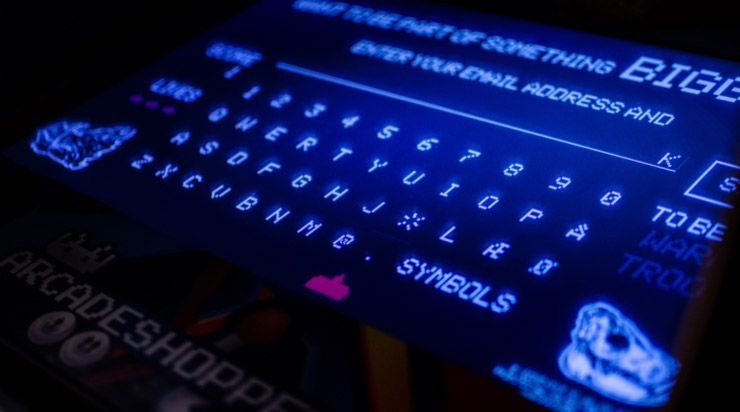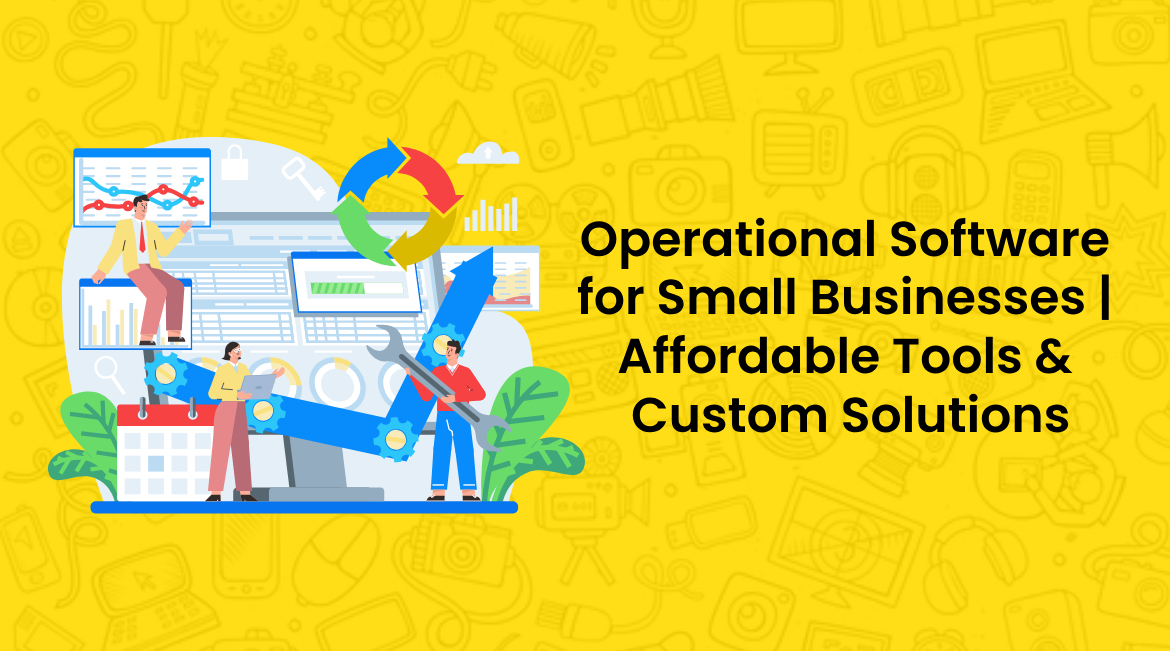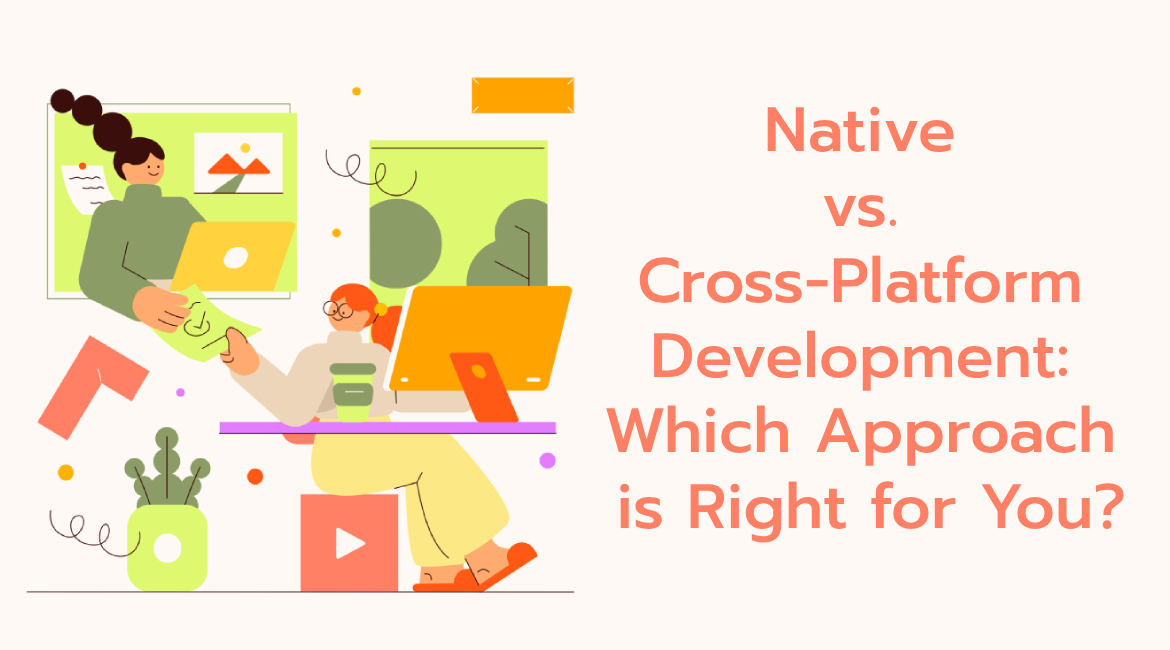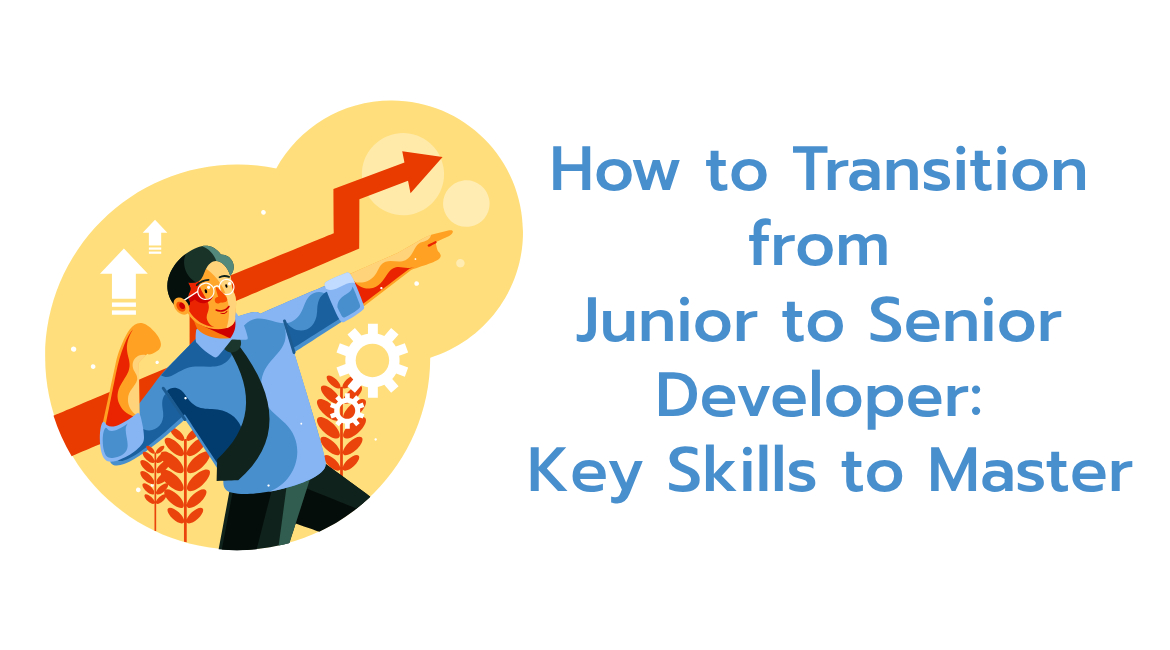In an era defined by speed, agility, and seamless experiences, the ability to build applications that are scalable, performant, and cross-platform is no longer optional — it’s essential.
One of the most powerful combinations leading this charge is the synergy between Flutter — Google’s UI toolkit for building natively compiled applications — and Laravel — the elegant, robust PHP framework for backend development.
Together, they create a development powerhouse that delivers mobile excellence with backend reliability, offering businesses a real competitive edge.

Why Flutter + Laravel is a Game-Changer
Flutter enables developers to build beautiful, high-performance apps for iOS, Android, Web, and even desktop — from a single codebase.
Laravel, on the other hand, provides a secure, scalable, and easy-to-maintain API backend that can power these apps effortlessly.
Key advantages of this integration:
- Speed to market: Single codebase for mobile apps + rapid API development.
- Cost efficiency: One backend serves multiple platforms.
- Scalability: Laravel APIs can handle mobile growth seamlessly.
- Security: Laravel’s built-in protections ensure data integrity.
- Flexibility: Flutter easily connects with REST APIs or GraphQL endpoints.
By connecting a Flutter front-end to a Laravel backend, businesses unlock the ability to scale apps faster, at lower cost, and with greater impact.
Delivering Seamless User Experiences
Today’s users demand:
- Real-time updates
- Smooth, native-like performance
- Personalized, secure experiences
Flutter’s rendering engine combined with Laravel’s real-time capabilities (via tools like Laravel Echo and WebSockets) enables apps to offer:
- Push notifications
- Live chats
- Real-time order tracking
- Dynamic content updates
This fusion creates mobile apps that feel intuitive, responsive, and human — strengthening user engagement and brand loyalty.
Architectural Excellence: Separation of Concerns
Building Flutter apps powered by a Laravel API also enforces best architectural practices:
- Frontend and backend are decoupled, promoting clean, modular codebases.
- Future-proofing: Need a new frontend (e.g., web app)? Laravel APIs already exist.
- Easier maintenance and upgrades over time.
Such architecture ensures that businesses remain agile, able to pivot or extend their platforms without painful rewrites.
Security and Scalability as a Foundation
Laravel brings enterprise-grade security features like:
- Authentication and authorization
- API rate limiting
- OAuth2 support (via Laravel Passport)
Data encryption and protection against common attacks (CSRF, XSS, SQL Injection)
When scaling, Laravel’s support for queues, caching, and database optimization ensures that your backend can grow in tandem with your mobile audience — without compromising performance.
Conclusion: Flutter + Laravel = The Modern Digital Advantage
In a digital economy where user experience defines success, building apps that are visually stunning, lightning-fast, and resilient is non-negotiable.
The combination of Flutter and Laravel API empowers businesses to deliver just that — with faster launches, lower development costs, and long-term scalability.
At AaiNova, we believe that embracing technologies like Flutter and Laravel is not just about technical excellence — it’s about unlocking strategic growth opportunities and future-proofing digital investments.
The future belongs to those who build smart and move fast. Flutter and Laravel provide the perfect foundation to do exactly that.




